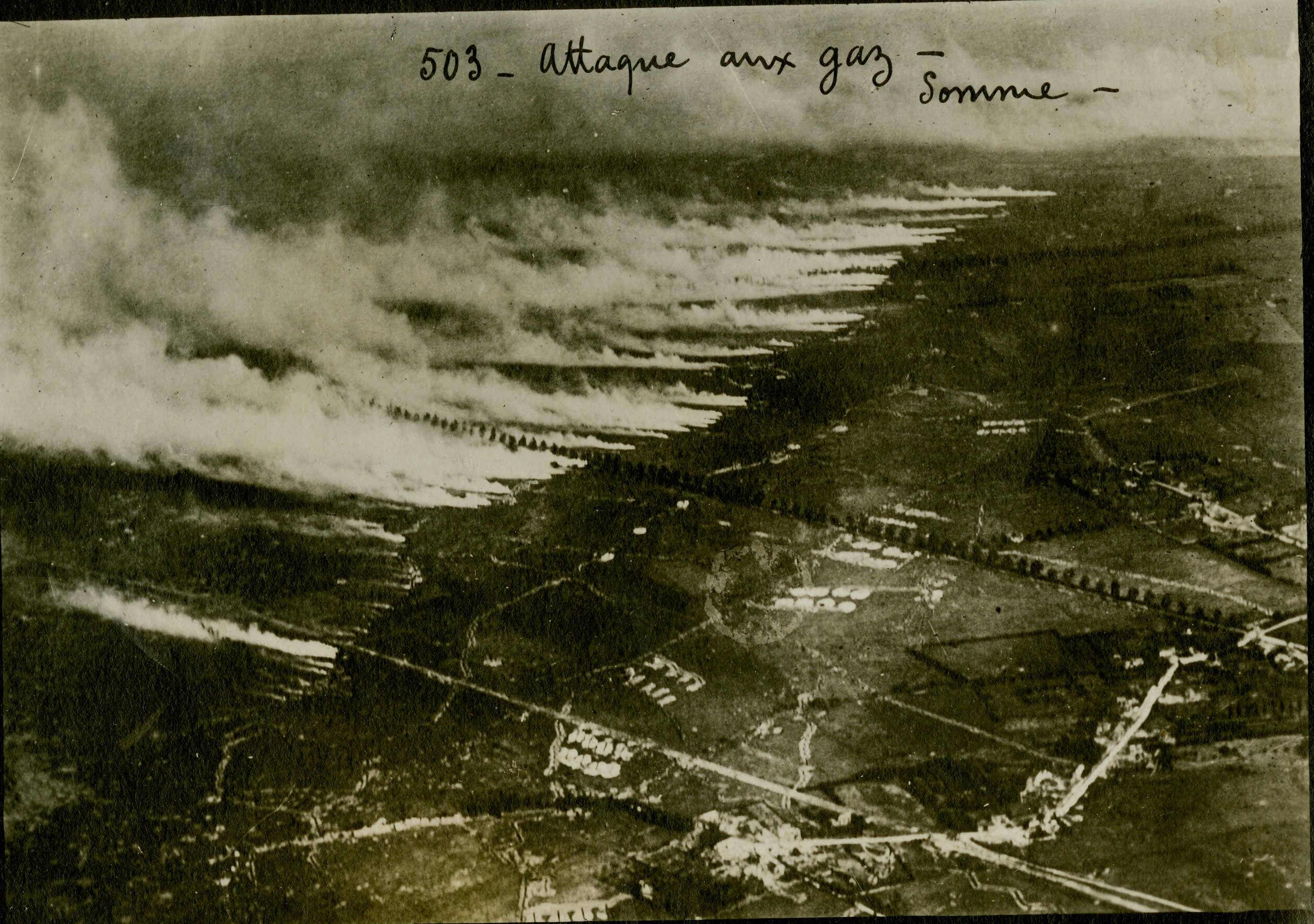First, the PRC announced the creation of an expended "Air Defense Identification Zone" that covers a fairly large portion of the west side of the Pacific that lies between the PRC to the west, Taiwan (ROC) to the south, Japan to the northeast, and the Republic of Korea to the north:
Note the gray area; that's the overlap between the western edge of Japan's own claimed ADIZ (the black line on the left side of the gray area) and the east edge of the PRC's new ADIZ.
Why is this important?
Well, and ADIZ is, in effect, a milder form of "territorial waters", an assertion of sovereignty. The FAA defines it, in part, as "an area of airspace over land or water in which the ready identification, location, and control of civil aircraft is required in the interest of national security." The PRC is insisting that it has the right to enforce the ADIZ regulations, which include
"...flight plans, as well as radio and logo identification, of all aircraft operating in the zone. The state-run news agency, Xinhua, said if an aircraft did not supply its flight plan, “China’s armed forces will adopt emergency defensive measures.”" (NYT, 11/26/13).The United States responded by sending a pair of B-52 bombers through the ADIZ without doing so. The message to the PRC couldn't have been clearer; bite me, PRC, we consider this area international waters and don't recognize your effing ADIZ.
Analysis of this action here, here, and here.
So...do I think "This means woah!"? No.
But it is an intriguing bit of geopolitical gamesmanship from the PRC, for two reasons:
1. The territory involved includes the disputed Senkaku/Diaoyu Islands and seems to be a likely part of a stepped-up assertion of sovereignty over those ocean rocks, during a period when the issue has become increasingly contentious, and
2. The way the Chinese claiming their new ADIZ rules work. Typically these zones affect aircraft en route to the polity claiming the ADIZ; that's how the U.S. zones work:
But the Chinese are saying that their ADIZ applies to ALL aircraft transiting this zone, not just aircraft inbound for the PRC. This is actually a pretty significant reach; it would be like the United States claiming the right to query and, if not satisfied, stop or even detain any vessels transiting within it's 100-mile limit. This would have the effect, if enforced, of challenging the traditional legal standard of "innocent passage"; "...so long as it is not prejudicial to the peace, good order or security of the coastal State. Such passage shall take place in conformity with this Convention and with other rules of international law." (UNCLOS, Section 3(A)(19).
Why is China doing this? Why now?
Good questions. I don't know; I suspect that a LOT of people aren't sure. In some ways the PRC is a riddle wrapped inside an enigma. Clearly someone is feeling cocky about the PRC's strength in the East China Sea. Who? Why? And to what purpose?
Again; all good questions and ones that it'd be nice to know the answer to.






